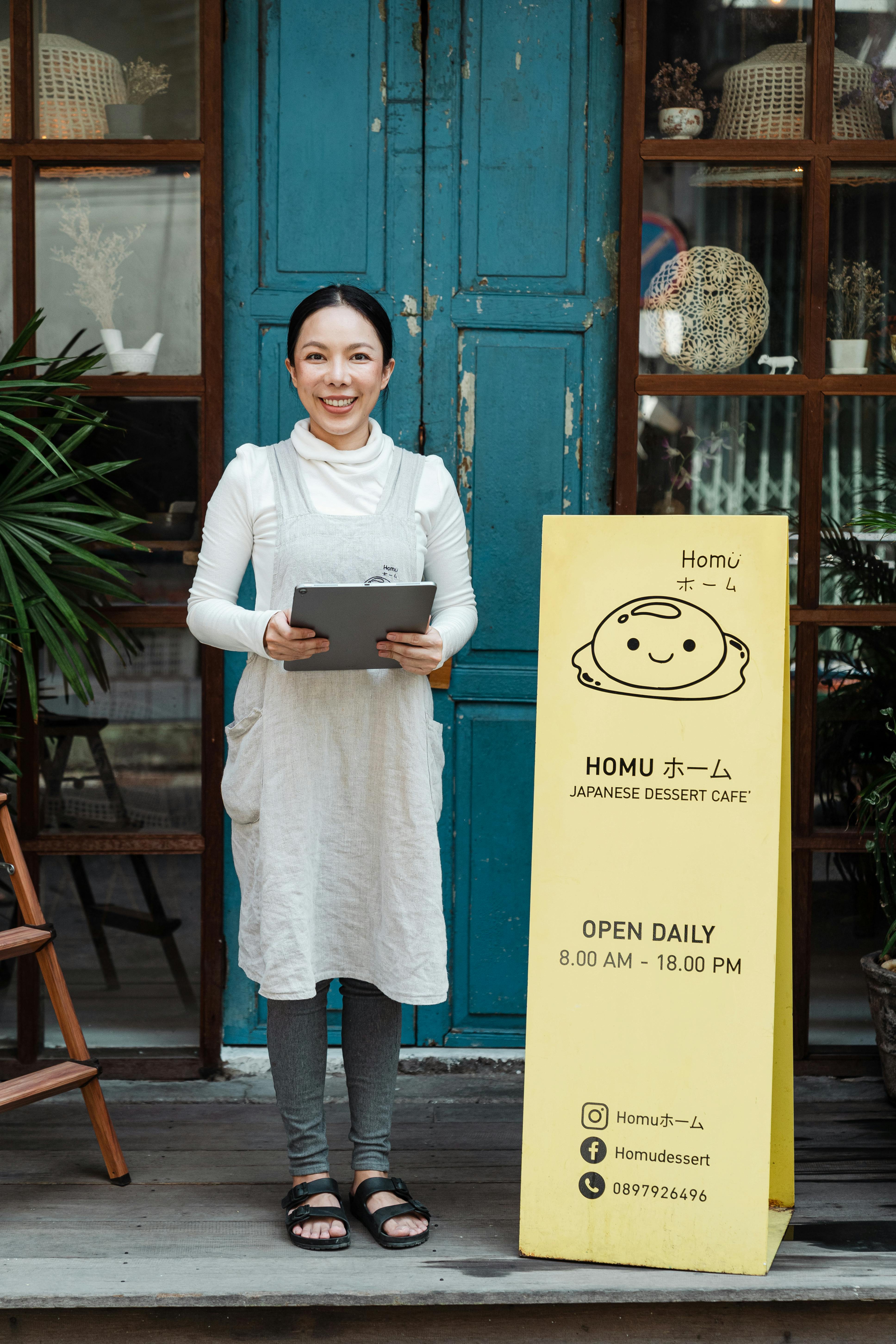Rich symbolism permeates the customs used in Asian wedding ceremony rituals. The ceremonies are a nod to Asian culture’s deeply ingrained beliefs that the union of couples should be honored by their families and by the universe. These ceremonies range from the wedding hairdressing and capping ceremonies for the bride to the otoshigami, where the groom https://asianbrides.org/hot-korean-women/ blocks himself with his family and friends. The tea ceremony also involves the couple serving their parents, grandparents, and other elders and receiving red envelopes ( or hong bao ) filled with money or jewelry.
It is customary to honor one’s grandparents and goddesses on the day of their ceremony in Chinese ceremonies. To get rid of awful spirits, this entails taking a pomelo leaf shower and donning fresh clothing. The couple’s relatives will then typically prepare 12 gifts for their daughterhttps://www.nytimes.com/2023/01/12/style/dating-classes-texting.html-to-be, including marriage cookies, standard Chinese pie, a bamboo dish set, candles and firecrackers, silver jewelry, and cash.

Normally, a parade travels from the groom’s home to the bride in the Japanese marriage ceremony. Visitors may bring lamps and banners, ring gongs to frighten away evil spirits, and illumination a fire made from the divine sakaki tree’s branches. The brides are then taught moral values for married life by a miko, or adult assistant of the pastor.
The few bow to the couple’s predecessors and the monument goddesses after exchanging two handclaps. A few days later, the bride bows down in front of her father’s grandparents and parents and offers them tea with two red times or two flower seeds as a sign of respect.


Leave A Comment